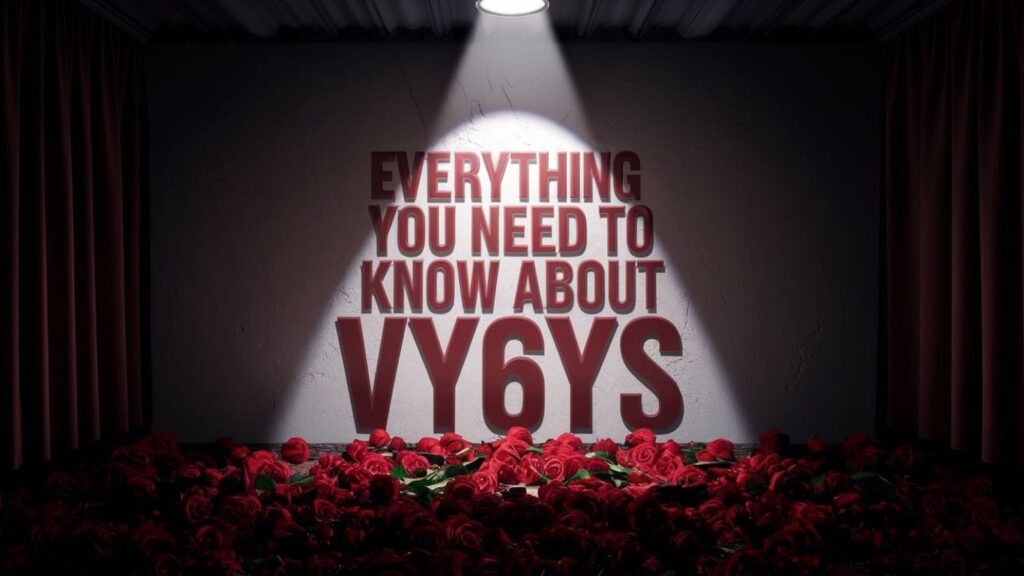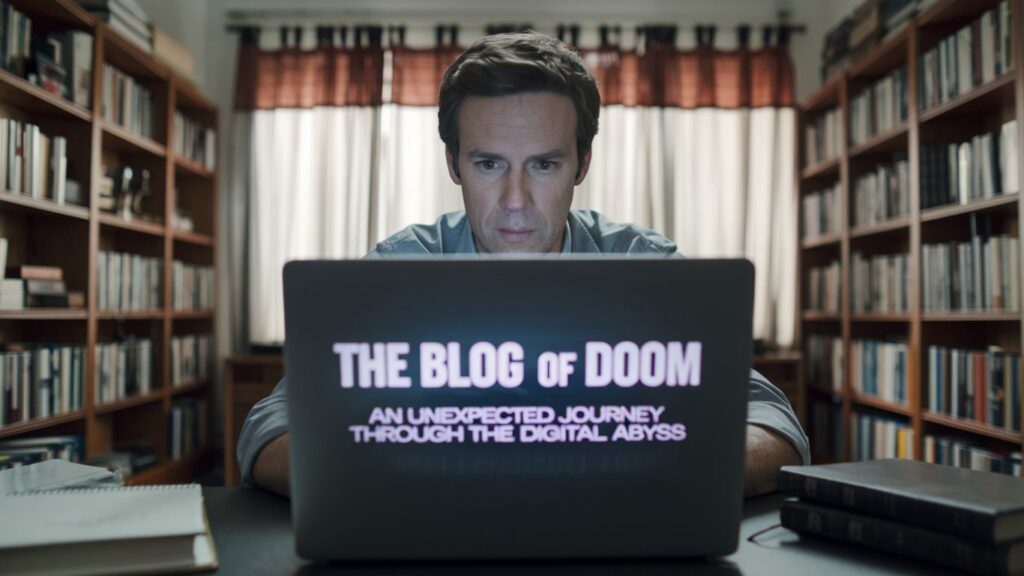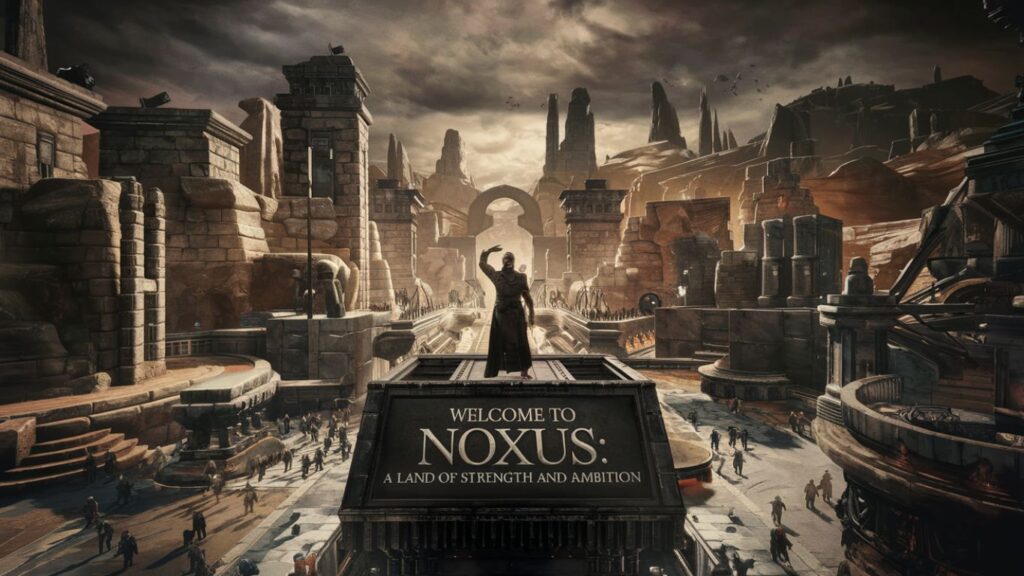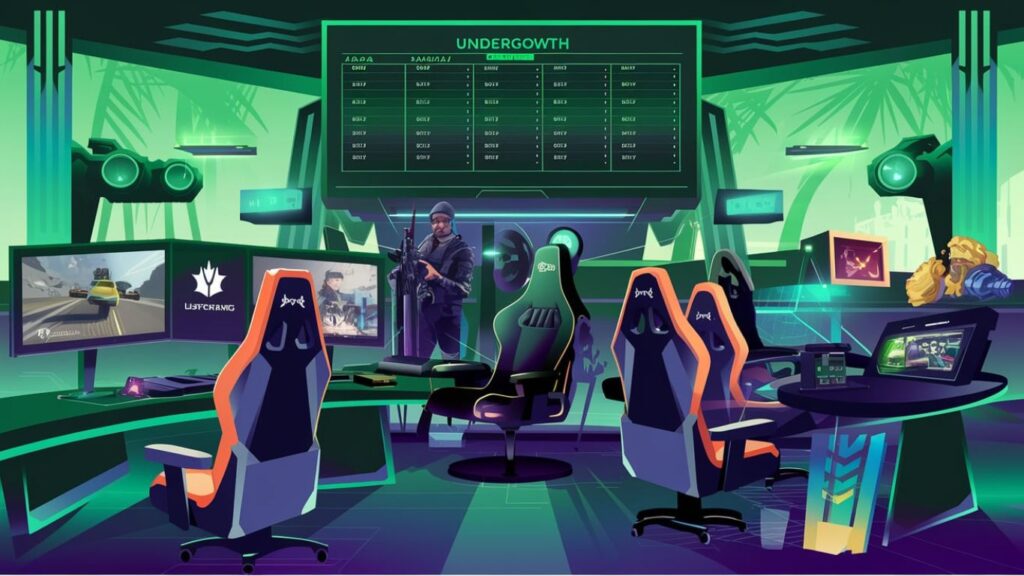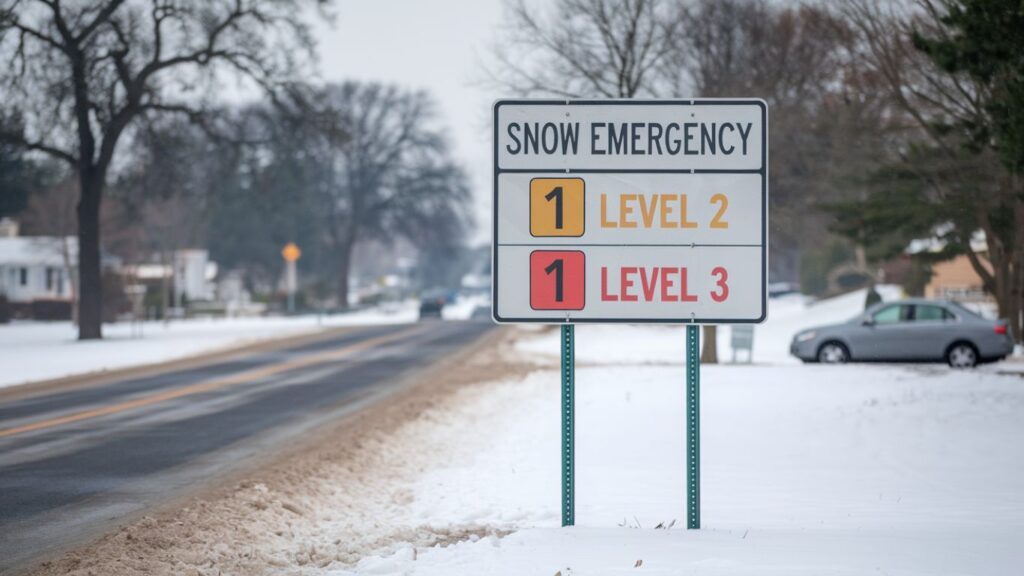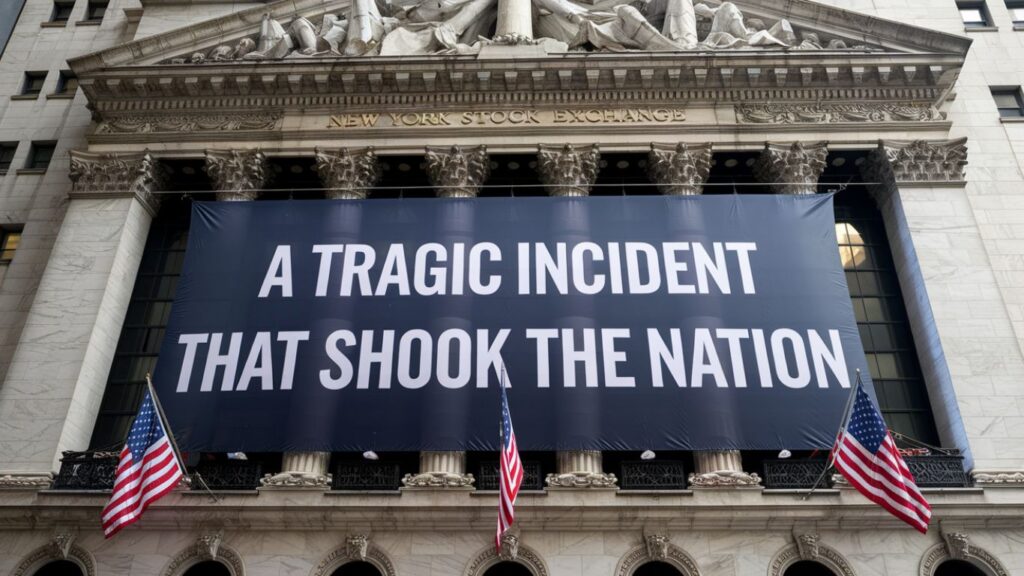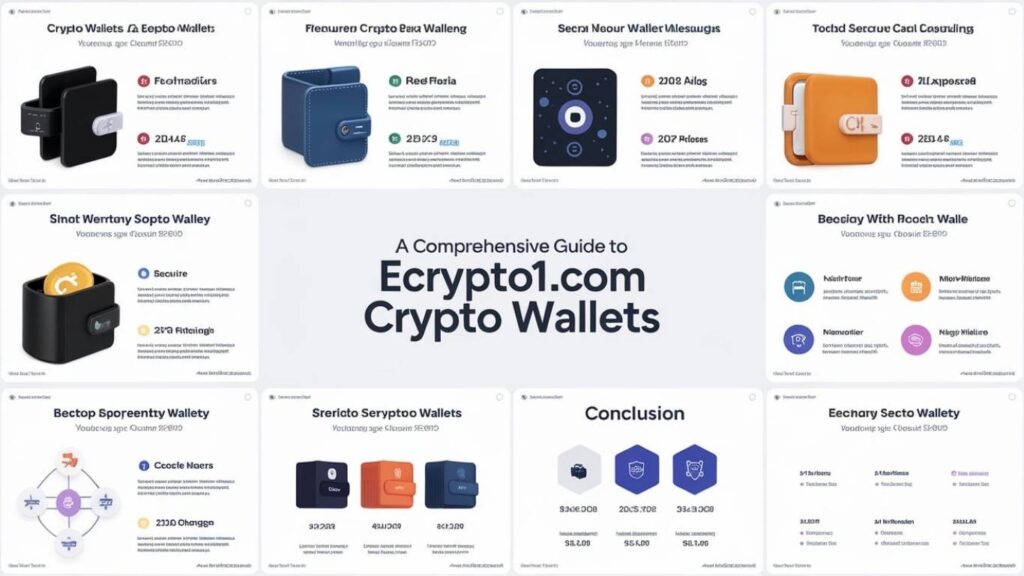The Blog of Doom: An Unexpected Journey Through the Digital Abyss
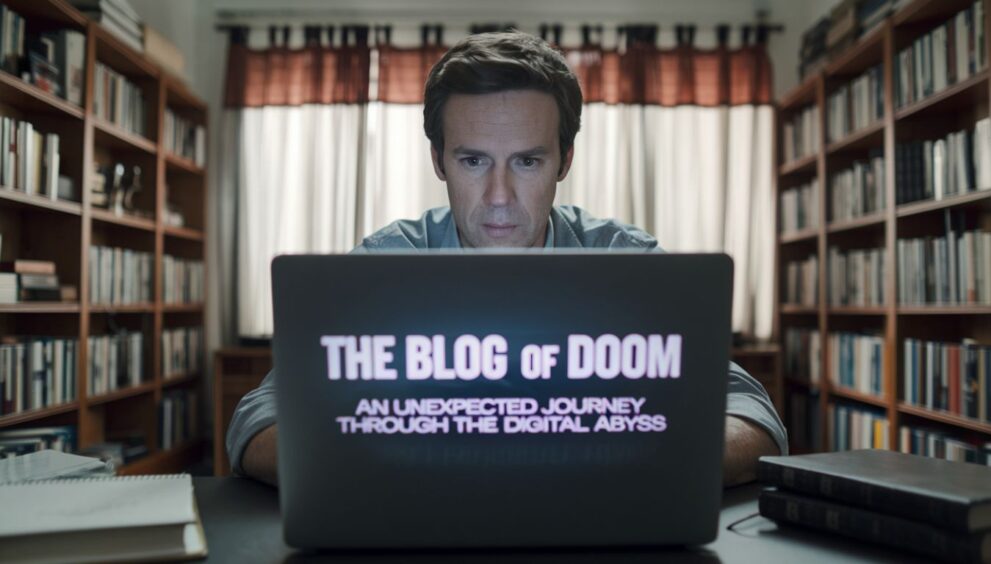
The internet is like a vast, bustling city. Some parts are bright and full of opportunity, while others are dark alleys you might not want to wander into. Among these alleys is a corner known as the “blog of doom.” But what exactly is this blog of doom? Is it a metaphor for our collective fears, or something far more literal? And why does it captivate so many readers?
In this article, we’ll explore what the blog of doom is, why it exists, and what it teaches us about human nature. Buckle up—you’re in for an exhilarating journey!
What Is the Blog of Doom?
The “blog of doom” isn’t one single website. It’s a term that represents blogs and online content fixated on pessimism, negativity, and often catastrophic predictions. Think of it as a digital soapbox for worst-case scenarios, conspiracy theories, or just unrelenting gloom.
But why the ominous title? Simply put, it encapsulates the dark and often anxiety-inducing nature of such content. The “doom” in the name doesn’t always mean apocalypse—it could be personal struggles, societal critiques, or deep dives into unsolvable problems.
The Origins of the Blog of Doom
The roots of the blog of doom go back to the early days of blogging. Back then, blogs were a new way for people to share their unfiltered thoughts with the world. Over time, as the internet evolved, some blogs took a darker turn. They became places to vent frustrations, predict societal collapse, or explore grim topics in excruciating detail.
One famous example is the Y2K panic, when countless blogs speculated about global chaos as the year 2000 approached. Even though the worst didn’t happen, the concept of “doom blogs” stuck around, finding new life in every subsequent crisis.
Why Are People Drawn to the Blog of Doom?

Let’s be honest—humans are naturally curious, especially about things that scare us. The blog of doom taps into that primal instinct. Much like rubbernecking at a car accident, reading about doom feels strangely irresistible.
But there’s more to it than just curiosity. For some, these blogs provide a sense of community. Knowing you’re not alone in your fears or frustrations can be comforting. For others, it’s a way to feel prepared—”If I read about the worst-case scenario, I’ll be ready for it.”
Common Themes Found in Blogs of Doom
Not all doom blogs are created equal. Here are a few recurring themes:
- Global Catastrophes: From climate change to financial collapse, these blogs often focus on massive, world-changing events.
- Conspiracy Theories: Some delve into shadowy organizations, secret plots, or government cover-ups.
- Personal Struggles: Others focus on the writer’s internal battles, often with a raw, unfiltered honesty that can be both heartbreaking and relatable.
- Dark Humor: Surprisingly, many blogs of doom use humor to soften the blow, proving that even the darkest topics can have a silver lining.
The Psychology Behind Doomscrolling
If you’ve ever found yourself scrolling through bad news late at night, you’ve experienced doomscrolling. It’s a habit that often overlaps with the blog of doom. Why do we do it?
The answer lies in our brains. Negative information triggers our fight-or-flight response, keeping us glued to the screen in an effort to “stay informed.” It’s like eating junk food—it feels good in the moment but leaves you drained afterward.
Is the Blog of Doom Dangerous?
Like anything, it depends on how you engage with it. A blog of doom can be a healthy outlet for someone expressing their fears or frustrations. But it can also become a rabbit hole, pulling readers into a constant state of anxiety.
The key is moderation. If you find yourself feeling overwhelmed or hopeless after reading, it might be time to step back and reevaluate.
How to Recognize a Blog of Doom

Wondering if you’ve stumbled across a blog of doom? Here are some telltale signs:
- Overwhelming Negativity: The tone is consistently pessimistic, with little to no focus on solutions.
- Sensational Headlines: Imagine Doomsday Is Upon Us or \10 Alarming Signs Society Is Falling Apart.
- Speculation Posed as Fact: A lot of what if scenarios presented as inevitable truths.
- Emotional Impact: You leave the blog feeling anxious, fearful, or exhausted.
The Role of Fear in Online Content
Fear is a powerful motivator. It grabs attention, keeps people engaged, and even drives them to share content with others. This is why fear-based topics perform so well online, including in the blog of doom.
But it’s worth asking: Is this reliance on fear helping or hurting us? While it can raise awareness about real issues, it can also create unnecessary panic or despair.
Examples of Real-Life Blogs of Doom
Curious to see a blog of doom in action? Here are a few real-life examples:
- Economic Collapse Blogs: These focus on financial doom, predicting stock market crashes or currency collapses.
- Prepper Blogs: Often centered on survivalism, these blogs anticipate natural disasters or societal breakdowns.
- Existential Philosophy Blogs: Some take a more introspective approach, exploring the futility of existence or the darker sides of human nature.
How to Break Free From Doomscrolling
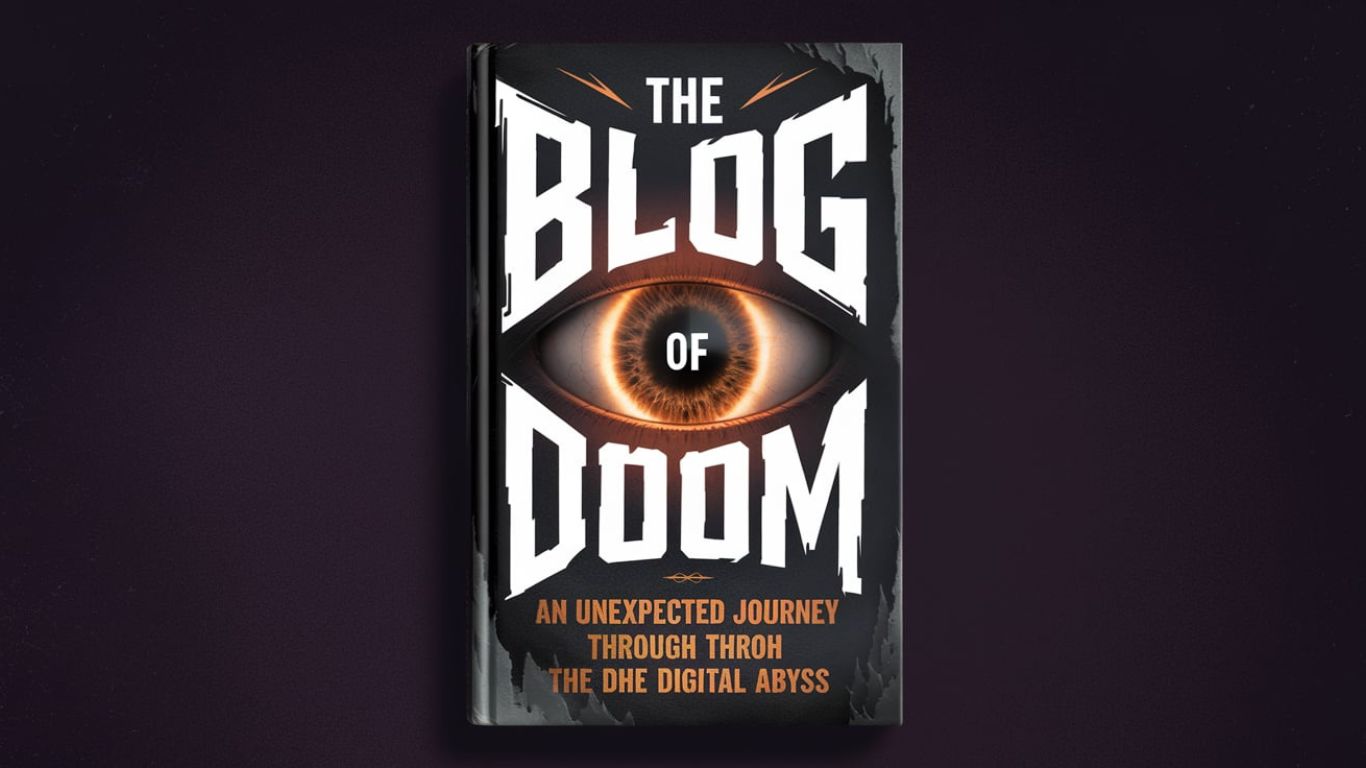
Feeling trapped in a cycle of doomscrolling? Here are some tips to break free:
- Set Boundaries: Limit the time you spend reading doom blogs or bad news.
- Balance Your Diet: For every negative piece you read, find something uplifting or inspiring.
- Practice Gratitude: Remind yourself of the good things in your life to counterbalance the doom.
Can the Blog of Doom Ever Be Positive?
Believe it or not, there’s potential for positivity in the blog of doom. By shining a light on dark topics, these blogs can spark important conversations or inspire action. They can also provide a creative outlet for writers to process their feelings.
It’s all about the intent. Is the blog meant to inform, entertain, or simply wallow? The answer makes all the difference.
What Does the Future Hold for Blogs of Doom?
As long as humans have fears, the blog of doom will likely continue to thrive. However, it may evolve. With new technologies like AI and virtual reality, the ways we consume and create doom content could change dramatically.
The question is: Will we use this evolution to better understand our fears, or will we let it consume us?
Lessons We Can Learn From the Blog of Doom
If there’s one thing the blog of doom teaches us, it’s that darkness is part of the human experience. By acknowledging it, we can learn to face our fears rather than run from them.
The Role of Humor in Blogs of Doom
One unexpected twist in some doom blogs is humor. Think of it as a coping mechanism—a way to laugh in the face of despair. Whether it’s dark memes or sarcastic commentary, humor can make even the gloomiest topics feel a little lighter.
Conclusion: A New Perspective on Doom
The blog of doom is more than just a curiosity—it’s a reflection of our collective anxieties, fears, and sometimes even our hopes. While it’s easy to dismiss these blogs as overly negative, they also hold a mirror to the world, challenging us to confront uncomfortable truths.
So the next time you stumble upon a blog of doom, don’t shy away. Read it thoughtfully, reflect on its message, and remember—you have the power to choose how it affects you.
FAQs
1. What is the blog of doom?
The blog of doom refers to blogs or online content that focus on pessimism, catastrophic predictions, or darker themes in life.
2. Why do people read blogs of doom?
People are drawn to these blogs out of curiosity, a desire to prepare for worst-case scenarios, or simply to feel less alone in their fears.
3. Are blogs of doom harmful?
They can be, especially if they cause excessive anxiety or hopelessness. Moderation and critical thinking are key.
4. How can I stop doomscrolling?
Set time limits, balance negative content with positive material, and focus on gratitude to break the doomscrolling habit.
5. Can blogs of doom have a positive impact?
Yes! They can raise awareness, spark meaningful conversations, and even inspire solutions to complex problems.

 English
English 





